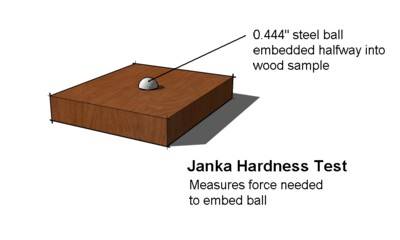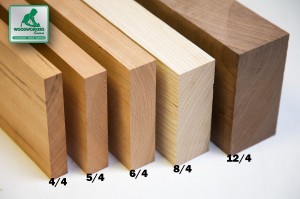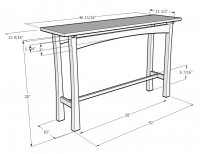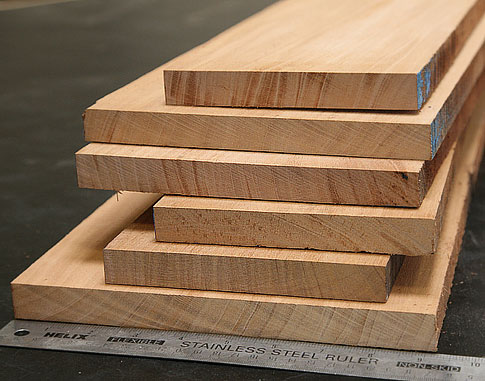
Teak Hardwood Sample (1/2"x3"x6")
SKU: samples-teak$25.00 ea.
48 U.S. Ground Service
Why Choose Teak?
The luxury yacht of hardwood: teak's rich color, natural oils, durability, and workability make it the only choice for luxurious, long-lasting custom furniture that ages gracefully with minimal maintenance.
Get your hands on a wood you've never tried before! It's simple. Samples are milled on all sides to the standard size of 1/2'' X 3'' X 6'', as determined by The International Wood Collectors Society, and include the shipping cost within the 48 U.S. Each one is labeled with the botanical and common names. Use these to test finishes and stains, to compare color and grain characteristics, etc.
| Thickness | 1/2" (≈ 1/2" approx) |
| Width | 3" |
| Length | 6" |
| Grade | Samples are milled on all sides, cut square and sanded; wood is a product of nature with inconsistencies from piece to piece. Use species samples as a guide, not a perfect representation. |
Woodworkers Also Recommend These
3.33
lbs /Bd. Ft.Wood Texture
Ease of Finishing
Dark golden yellow turning dark brown with age.
This tree may reach 130-150 feet in height with clear boles to 80-90 feet. Trunk diameters usually 3-5 feet; older trees fluted and buttressed.
Burma teak, Rosawa, Djati, Sagon, Genuine teak, Sagwan, Gia thi, Tadi
Furniture, flooring, carving, cabinets, interior millwork, turnery, shipbuilding, and exterior and marine applications.
Track Sample
teak sample
The Joys of Building with Great Woods
Understanding hardwood lumber starts right here with these wacky fractions.
If you're expecting perfect clear lumber 100% of the time, you're in for a surprise. Here's a summary of the hardwood lumber grades and what to expect from them.
Board feet isn't your everyday kind of math, but these three simple steps make it easy to figure out your project.
Here's a handy (and free) Excel worksheet that helps you estimate the lumber needs for your project.
Are woods poisonous? Hazardous to use in cutting boards or baby cribs? Find out here.
Wood is like a sponge, and it's always in a state of absorbing or releasing moisture to stay equalized with its environment. The problem with that is it also swells and shrinks. Here's what you need to know to protect your project.















